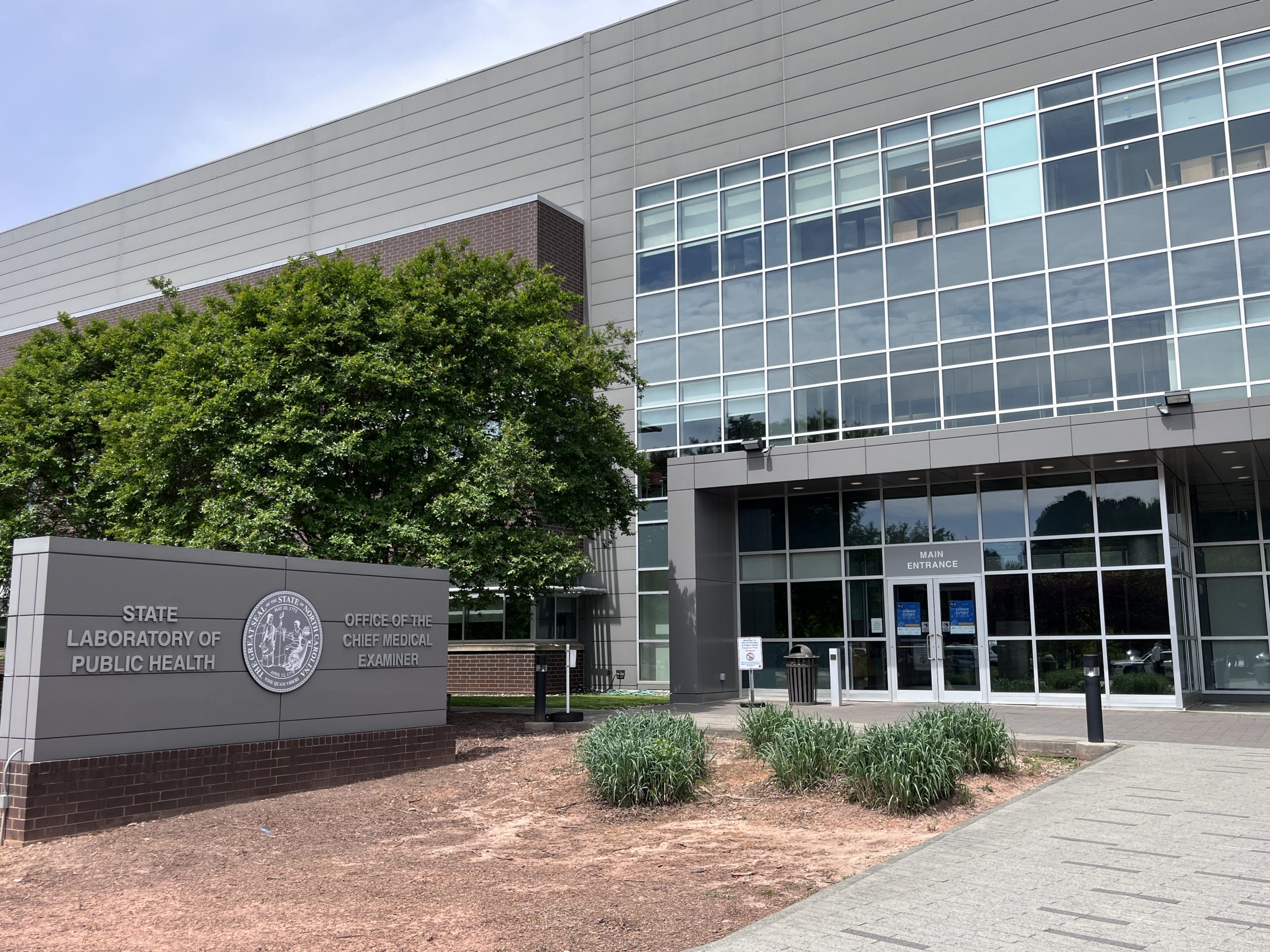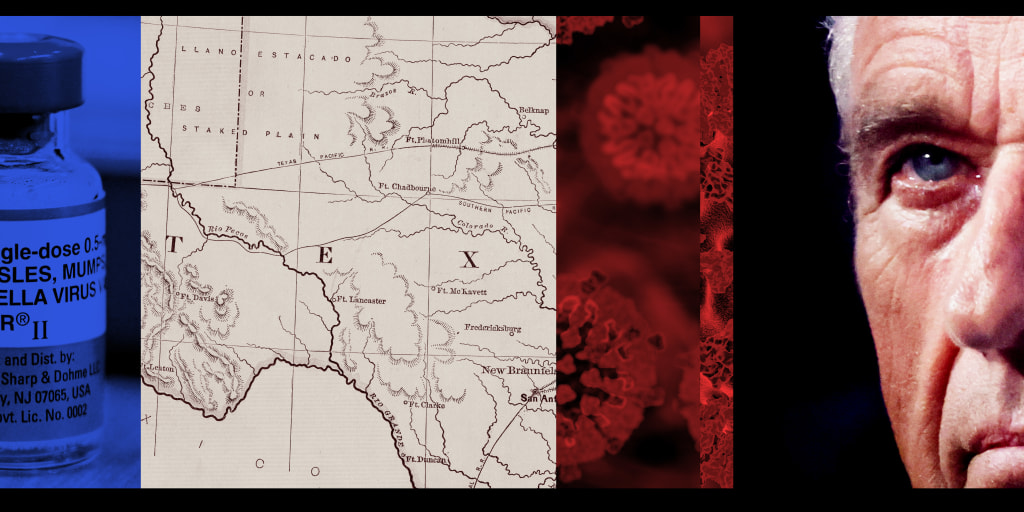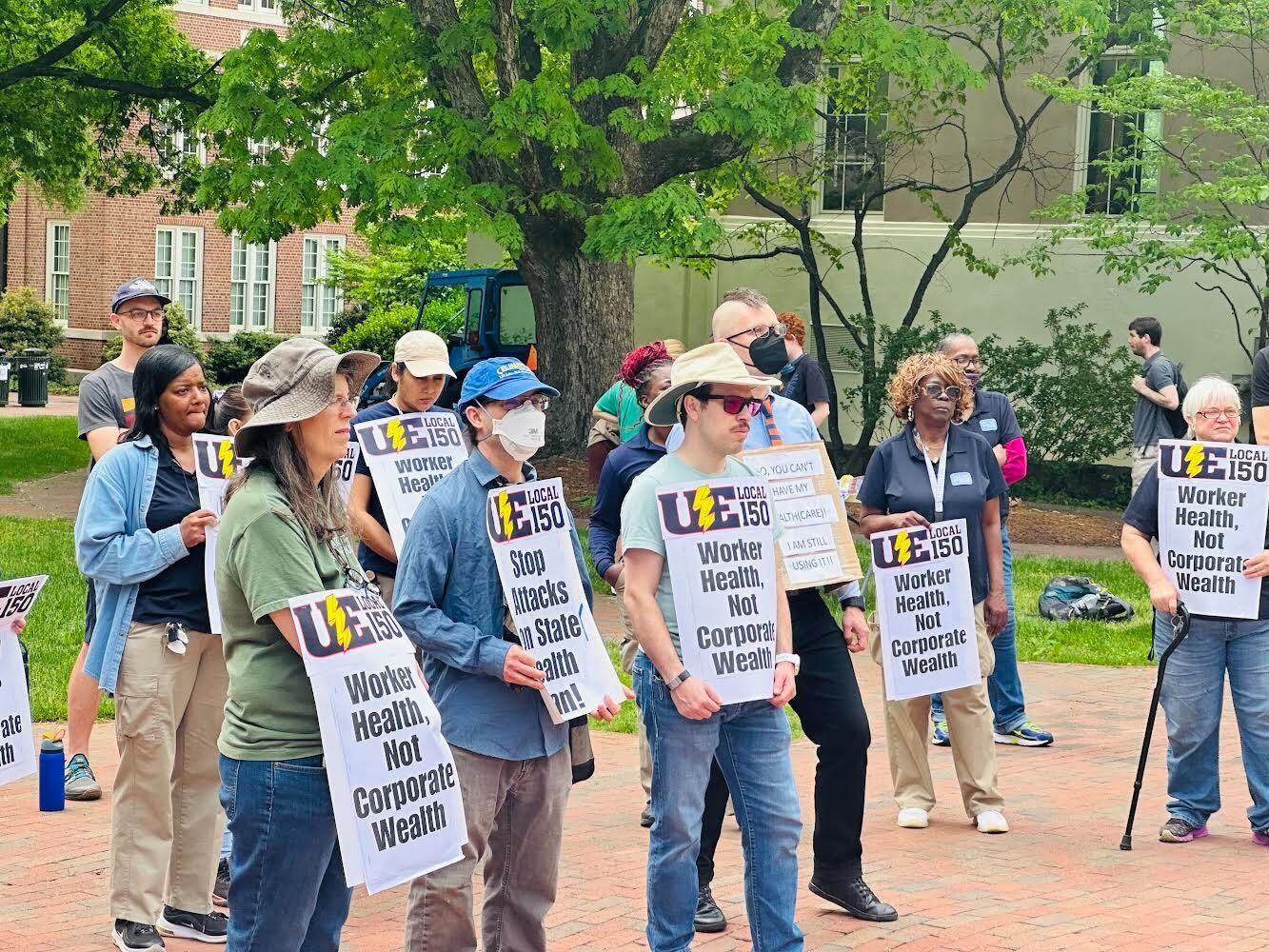Miracle Survivor: Gaza Medic Freed After Deadly Assault on Humanitarian Workers
Health
2025-04-29 17:21:57Content
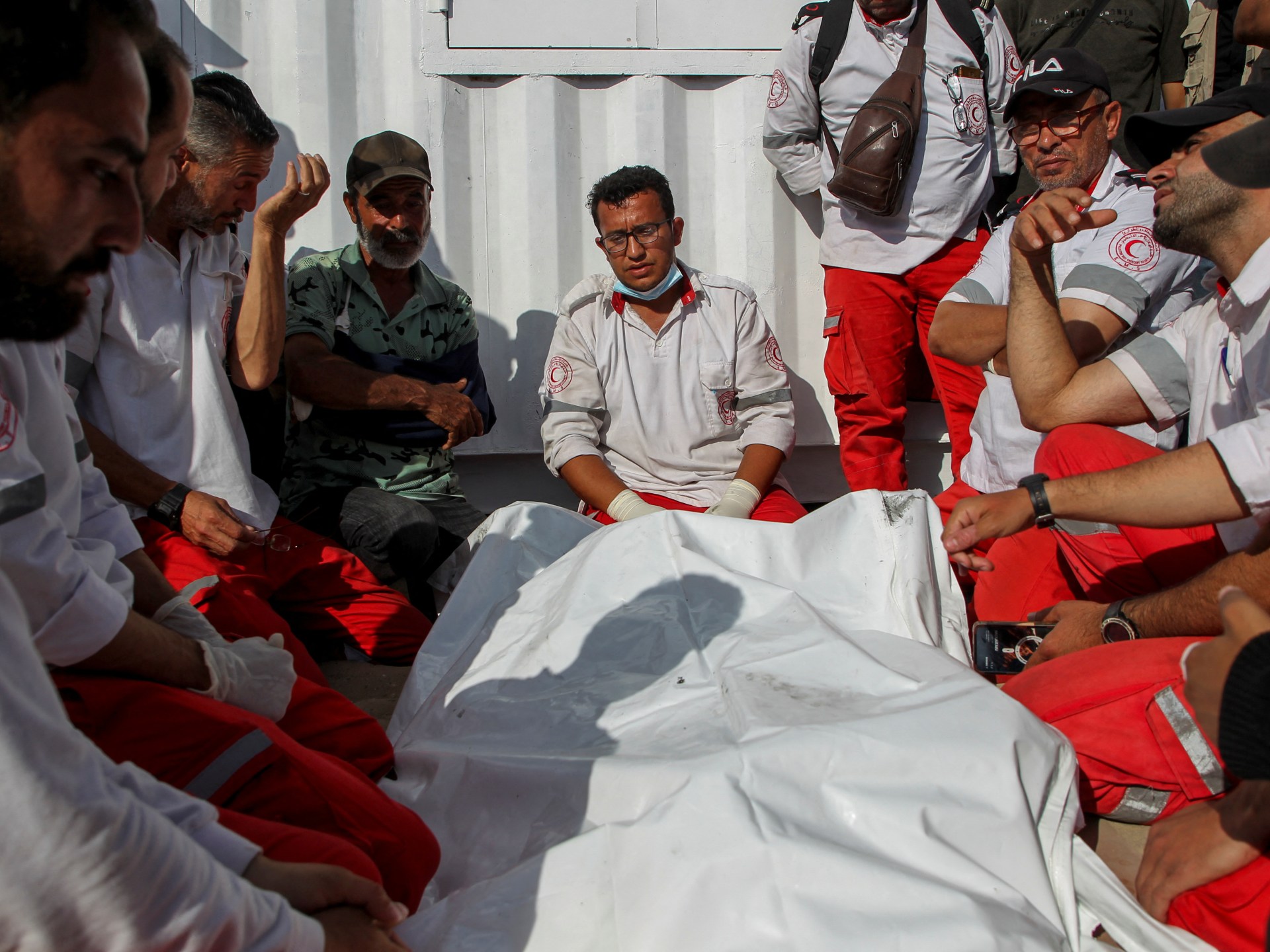
Assaad al-Nassasra, a Palestinian medic who miraculously survived a devastating Israeli strike in Rafah that claimed the lives of 15 of his fellow medical workers, has been released from detention. The harrowing incident, which occurred during ongoing tensions in the Gaza Strip, highlights the extreme risks faced by medical personnel in the conflict zone.
Al-Nassasra's survival is nothing short of extraordinary. While his colleagues were tragically killed in what he describes as a deliberate "massacre," he managed to escape the deadly attack. The incident has drawn international condemnation and raised serious questions about the safety of medical workers in the region.
After enduring the traumatic experience and subsequent detention, al-Nassasra's release marks a small moment of relief in an otherwise devastating situation. His story serves as a stark reminder of the human cost of the ongoing conflict and the immense challenges faced by those attempting to provide critical medical assistance in war-torn areas.
The Palestinian medical community continues to mourn the loss of their colleagues while calling for increased protection for humanitarian workers in conflict zones. Al-Nassasra's survival and subsequent release symbolize resilience in the face of overwhelming adversity.
Survival and Resilience: A Medic's Harrowing Escape from Rafah's Devastating Conflict
In the heart of Rafah, where conflict has torn apart communities and shattered lives, one Palestinian medical worker's extraordinary story of survival emerges as a testament to human endurance and the brutal realities of ongoing military confrontations. The landscape of humanitarian crisis continues to unfold, revealing profound human experiences that transcend mere statistical reporting.Courage Under Fire: Witnessing the Unimaginable
The Landscape of Humanitarian Crisis
The southern Gaza Strip has become a crucible of intense military operations, transforming peaceful medical zones into dangerous battlegrounds. Rafah, once a sanctuary for displaced Palestinians, now represents a complex terrain of survival and strategic military engagements. Medical professionals like Assaad al-Nassasra have found themselves at the epicenter of unprecedented violence, where the lines between civilian protection and military objectives blur dramatically. The geographical complexity of Rafah presents unique challenges for humanitarian workers. Narrow streets, densely populated neighborhoods, and rapidly changing conflict dynamics create an environment where medical personnel must navigate extreme risks while attempting to provide critical healthcare services. Al-Nassasra's experience illuminates the precarious nature of medical work in conflict zones, where every movement could potentially mean the difference between life and death.Survival Against Overwhelming Odds
Surviving what witnesses describe as a systematic targeting of medical personnel, al-Nassasra's narrative represents more than individual resilience—it symbolizes the broader struggle of Palestinian healthcare workers operating under extreme duress. The reported "massacre" of 15 medical professionals underscores the deliberate and calculated nature of attacks that seemingly disregard international humanitarian protocols. Medical workers in conflict zones face unprecedented challenges that extend far beyond traditional battlefield risks. They must constantly balance immediate patient care with personal safety, making split-second decisions that can determine not just individual survival, but the potential preservation of entire community healthcare infrastructures. Al-Nassasra's survival becomes a powerful metaphor for institutional resilience in the face of systematic destruction.International Humanitarian Implications
The incident in Rafah raises critical questions about the protection of medical personnel during armed conflicts. International humanitarian law explicitly prohibits targeting healthcare workers, yet repeated violations continue to challenge these fundamental principles. Al-Nassasra's experience serves as a stark reminder of the urgent need for robust international mechanisms to safeguard medical professionals in war-torn regions. Global humanitarian organizations are increasingly documenting such incidents, creating comprehensive reports that highlight the systematic risks faced by medical workers. These documentations serve not just as historical records but as potential evidence for future international legal proceedings, potentially holding responsible parties accountable for their actions.Psychological Trauma and Resilience
Beyond physical survival, al-Nassasra's journey encompasses profound psychological dimensions. Medical professionals in conflict zones experience cumulative trauma that extends far beyond immediate physical threats. The constant exposure to violence, loss, and human suffering creates complex psychological landscapes that require extensive mental health support and rehabilitation. The resilience demonstrated by healthcare workers like al-Nassasra represents a remarkable human capacity to maintain professional commitment despite overwhelming personal and institutional challenges. Their continued dedication becomes a powerful form of resistance against systems designed to break human spirit and institutional capabilities.Future of Healthcare in Conflict Zones
The ongoing situation in Rafah presents critical challenges for future humanitarian medical interventions. Healthcare infrastructure must evolve to develop more robust protection mechanisms, innovative communication strategies, and adaptive response protocols that can mitigate risks while maintaining essential service delivery. International medical communities are increasingly developing specialized training programs that prepare healthcare workers for operating in high-risk environments. These programs focus not just on medical skills but on comprehensive risk assessment, psychological preparedness, and strategic decision-making under extreme conditions.RELATED NEWS
Health
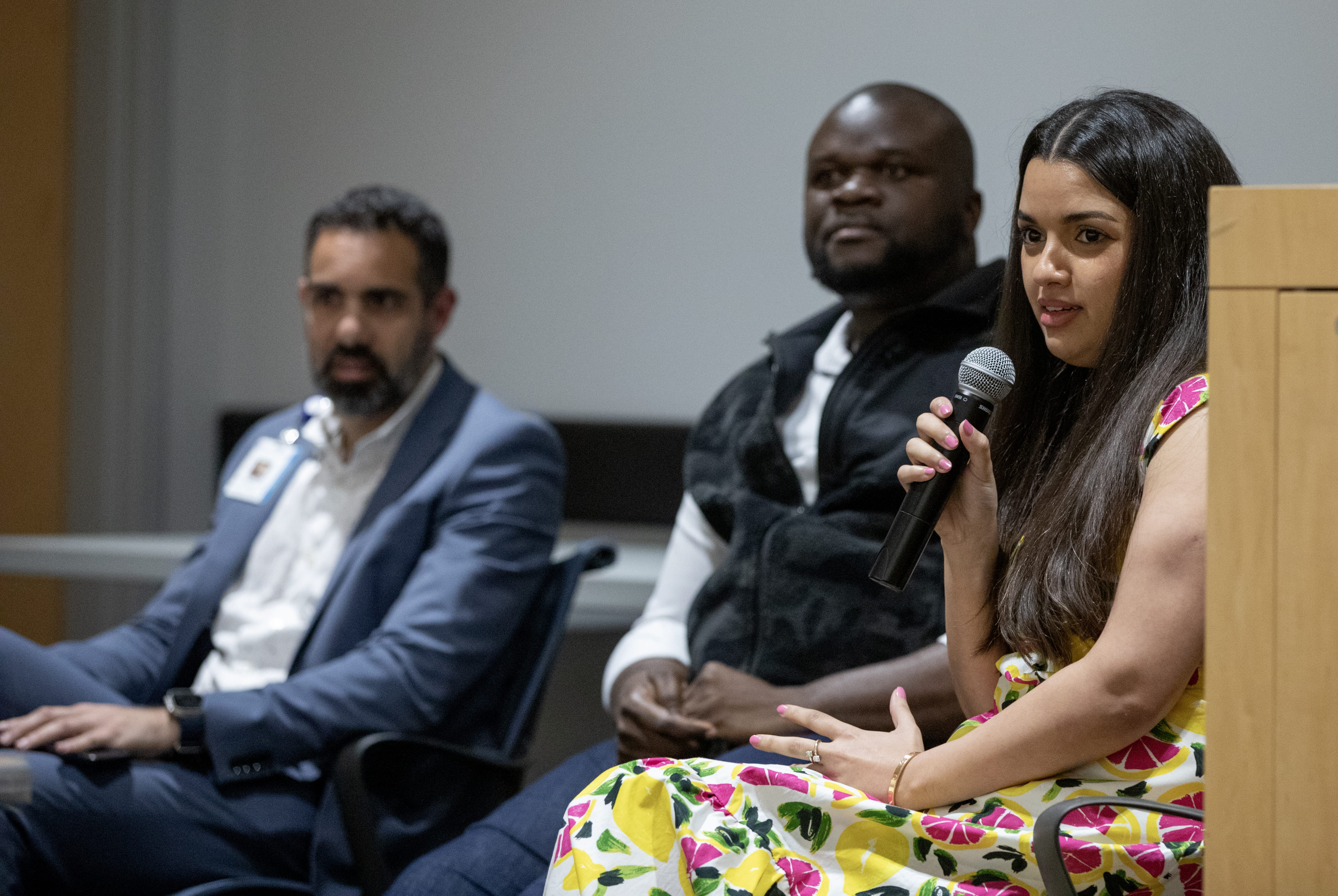
Breaking Barriers: Global Health Insights Reveal Surprising Cultural Connections
2025-03-18 18:17:17
Health

Hearts and Algorithms: Cleerly Partners with Bunkerhill Health to Revolutionize Cardiac Diagnostics
2025-03-04 20:43:33
Health
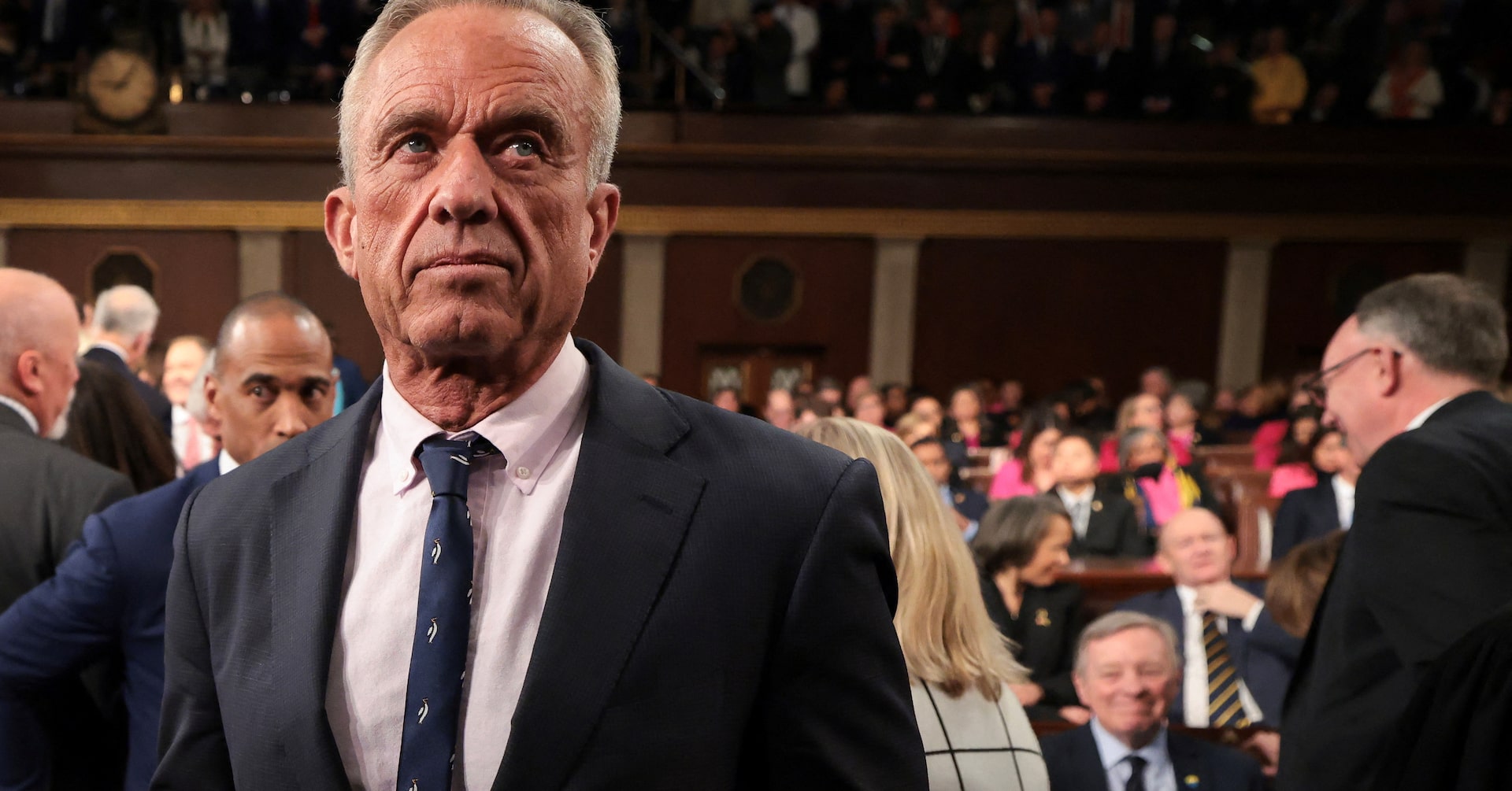
Nutrition Showdown: Health Secretary Kennedy Summons Food Industry Leaders for Urgent Talks
2025-03-08 14:43:46


